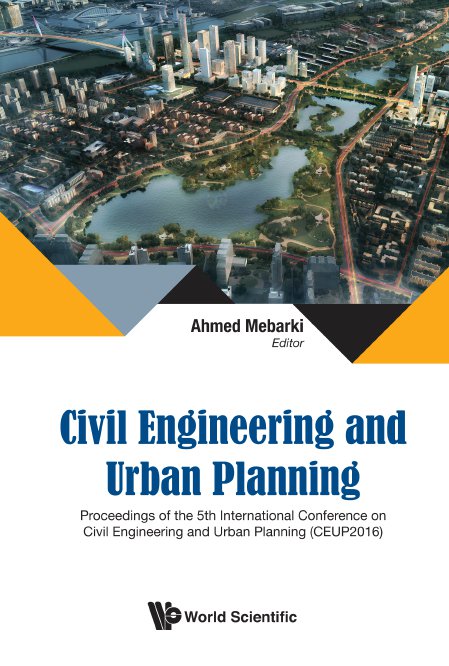Study on location and planning of public bike system based on the space syntax
In recent years, the public bike-sharing systems (PBS) have been promoted in many cities because of its characteristics in safety, cost saving, health benefits and the connection with urban rail transit. Some of the key points in the planning of such system are the location and capacity of the stations. In practice, the unreasonable location of public bike stations compromises system success. In addressing it, most studies just focused on the user demand or geographic distance between stations or travel costs. However, the bike demand actually is influenced by multiple factors including building environment of street and spatial structure, especially the spatial accessibility to stations. This paper presents a new method of locating and planning public bike system based on the space syntax by considering both covered demand and spatial accessibility. The goal is to enhance the quality and efficiency of the bike sharing service by selecting the optimal station locations. The work first develops a prediction model for predicting the potential bike demand based on space syntax. Then, an optimization model considering station spatial configuration is presented to choose a set of stations from a large number of candidates such that the covered demand and the accessibility to all the stations are maximized. Finally, a case study in the campus of Nanjing Normal University is presented to verify the availability.



